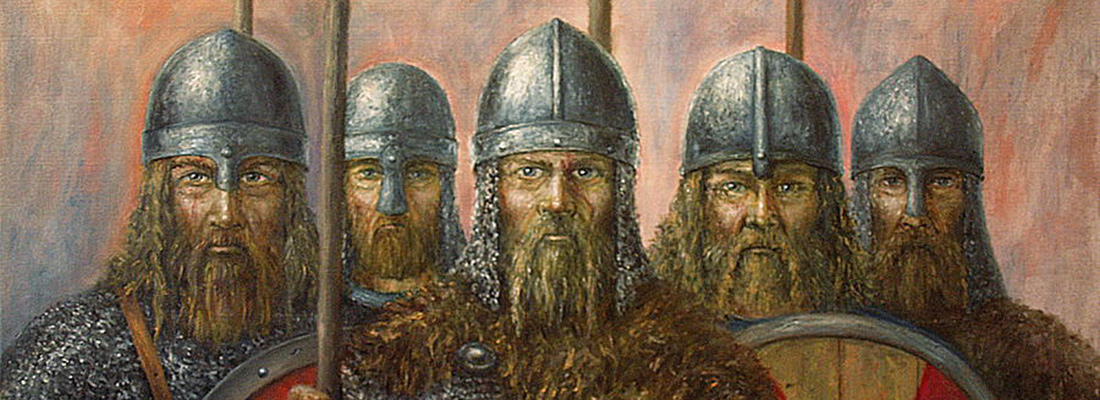
The Britain we live in today is a direct result of the long history of different people who have come to make it their home. Learn more about how the Vikings and The Norman Conquest changed Britain, practise your reading skills and get ready for the Life in the UK test.
The Vikings
The Vikings came from Denmark and Norway. They first visited Britain in AD 789 to raid coastal towns and take away goods and slaves. Then, they began to stay and form their own communities in the east of England and Scotland. The Anglo-Saxon kingdoms in England united under King Alfred the Great, who defeated the Vikings. Many of the Viking invaders stayed in Britain – especially in the east and north of England, in an area known as the Danelaw (many place names there, such as Grimsby and Scunthorpe, come from the Viking languages). The Viking settlers mixed with local communities and some converted to Christianity.
Anglo-Saxon kings continued to rule what is now England, except for a short period when there were Danish kings. The first of these was Cnut, also called Canute.
In the north, the threat of attack by Vikings had encouraged the people to unite under one king, Kenneth MacAlpin. The term Scotland began to be used to describe that country.
The Norman Conquest
In 1066, an invasion led by William, the Duke of Normandy (in what is now northern France), defeated Harold, the Saxon king of England, at the Battle of Hastings. Harold was killed in the battle. William became king of England and is known as William the Conqueror. The battle is commemorated in a great piece of embroidery, known as the Bayeux Tapestry, which can still be seen in France today.
The Norman Conquest was the last successful foreign invasion of England and led to many changes in government and social structures in England. Norman French, the language of the new ruling class, influenced the development of the English language as we know it today. Initially the Normans also conquered Wales, but the Welsh gradually won territory back. The Scots and the Normans fought on the border between England and Scotland; the Normans took over some land on the border but did not invade Scotland.
William sent people all over England to draw up lists of all the towns and villages. The people who lived there, who owned the land and what animals they owned were also listed. This was called the Domesday Book. It still exists today and gives a picture of society in England just after the Norman Conquest.